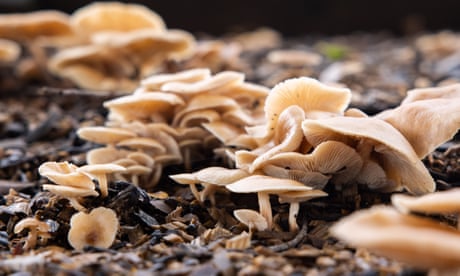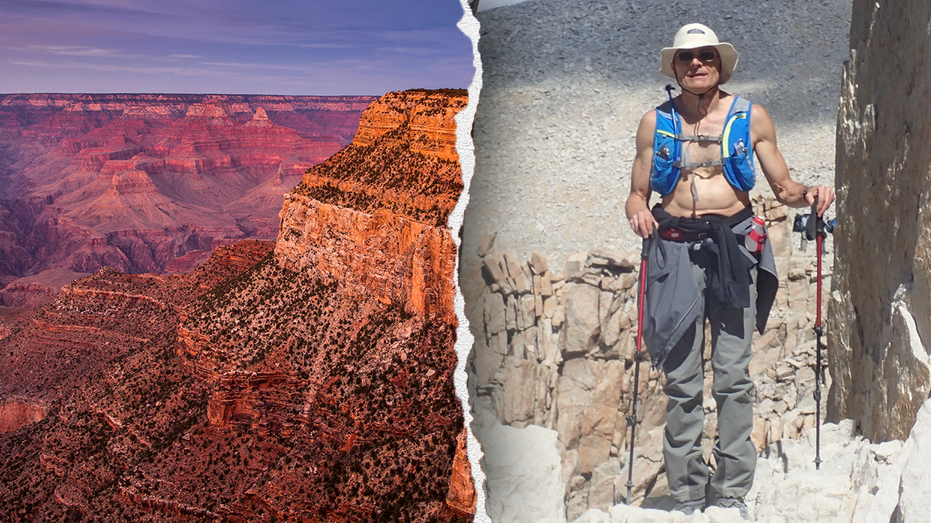- by foxnews
- 23 May 2025
Mushroom season starts early on Australia’s east coast prompting warnings
Mushroom season starts early on Australia’s east coast prompting warnings
- by theguardian
- 08 Mar 2022
- in news

Wet weather along the east coast of Australia has led to an early bumper mushroom season, prompting warnings about the risks of poisoning.
Toadstools have grown abundantly in urban parks and back yards in New South Wales in recent weeks, driven by the wettest summer in three decades in parts of the state.
Mushroom season usually begins in early autumn as the weather starts to cool down, according to fungi expert Dr Brett Summerell, who is the director of research at the Australian Institute of Botanical Science.
"But there have been quite a lot of mushrooms right through summer with the wetter weather," Summerell said. "There's no doubt over the last couple of weeks they've really started to pop up absolutely everywhere."
"[Fungi] need a fair amount of water to be able to fruit and produce what we call sporophytes - the mushrooms and other fruiting structures," he said. "I'm sure we will see a huge diversity this year because it's just been such ideal conditions for them."
One fungus to look out for is the ghost mushroom, which emits a soft green glow at night. This species and other bioluminescent mushrooms usually crop up later in the season, Summerell said, appearing along the coast "from the north down to the south as the temperatures cool down".
Though the idea of a fungi feast may be tempting, mycologists advise against consuming edible-looking mushrooms.
"Unless you're an expert or with an expert, it's really not worth picking the mushrooms," Summerell said.
It's a lesson Sydneysider Jonathan Herrman learned last week, when he was hospitalised after consuming a "thumbnail-sized" bite of a mushroom from his front lawn.
"We've had weeks and weeks of rain in Sydney and [they] popped up again and again," Herrman said. He first rubbed a piece of the mushroom against his skin, and licked the toadstool about 20 minutes before taking a small bite.
"It was the same as biting into a mushroom in Coles. It wasn't immediately bitter, so I thought nothing of it."
Two hours later, Herrman began to experience violent vomiting and diarrhoea, and ended up in hospital for two days. "I've never felt that sick in my life," he said.
Experts have since told him the toxic mushroom he consumed could have been Chlorophyllum molybdites, commonly known as the false parasol, or the vomiter.
Herrman said he felt thankful that the ingestion had not led to liver or kidney failure, which other mushrooms species can cause. "I did a very stupid thing," he said. "We all make mistakes."
The NSW Poisons Information Centre said it had received 73 calls about mushroom exposures since the start of the year to 3 March.
Of the calls, 16 were the result of adults deliberately eating mushrooms. Another 45 were accidental exposures, 80% of which were in children under five.
"Poisonous mushrooms in Australia can look like edible mushrooms from Europe and Asia and changes in the appearance of mushrooms during the life cycle make it difficult to identify safely," said Genevieve Adamo of the NSW Poisons Information Centre in a statement.
"Changes in environmental conditions mean toxic mushrooms can grow in a spot where previously only edible mushrooms grew," she said.
In 2012, two people died in Canberra after eating death cap mushrooms at a New Year's Eve dinner party.
Death caps are relatively uncommon but more prevalent in cooler areas, Summerell said. They are mycorrhizal fungi, which form a symbiotic relationship with tree roots. "They're almost always associated with oak trees," he said.
The toxin in the death cap, which is not a native species to Australia, cannot be destroyed by cooking or drying.
The communications director at the Food Safety Information Council (FSIC), Lydia Buchtmann, said the council's advice was to avoid touching or eating wild mushrooms. "It is almost impossible to distinguish a death cap or other poisonous mushrooms from edible ones," she said.
The FSIC noted last month that fruiting of death caps had occurred much earlier than usual, with reports of the mushrooms around Canberra and the Adelaide Hills region since Christmas.
"Check your garden, especially if you have pets and small children, and remove any mushrooms using gloves wrap and dispose in the garbage," Buchtmann said.
- by foxnews
- descember 09, 2016
United Airlines flight returns to Hawaii after concerning message found on bathroom mirror; FBI investigating
United Airlines Flight 1169 to Los Angeles returned to Hawaii after a "potential security concern" aboard the plane. The FBI and police are investigating.
read more


